Jon Lensing’s journey is anything but conventional. It is packed with adrenaline and the kind of gut-check moments that define great founders. Inspired by his small-town roots and driven by a desire to change the status quo, he left behind a budding career in medicine to build OpenLoop.
A telehealth infrastructure startup, OpenLoop, raised over $120M and is reportedly valued north of $1B. In this exciting interview, Jon talks about the incredible pivot that propelled the company into a rocket ship, and the challenges of almost not making payroll and term sheets being pulled.
Listen to the full podcast episode and review the transcript here.
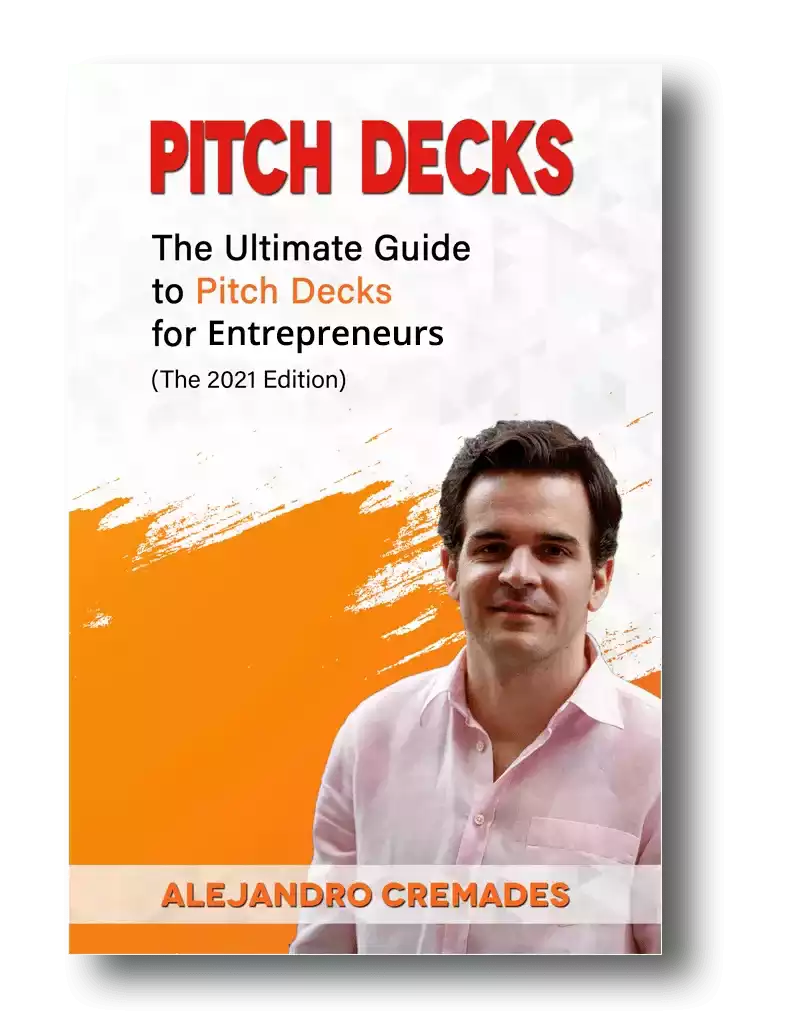
*FREE DOWNLOAD*
The Ultimate Guide To Pitch Decks
From Small-Town Iowa to Medical School
Jon grew up on a gravel road in a tiny Iowa town of just 400 people, about as far from Silicon Valley as you can get. But that didn’t stop him from dreaming big. His early life was steeped in simplicity.
Raised on a farm surrounded by cornfields, soybeans, and livestock, Jon lived the quintessential rural American life. His school was around 20 minutes away in a city with 10,000 people.
Jon’s father was an OBGYN, and though he urged his children not to follow in his footsteps, Jon felt drawn to medicine. He loved science, physics, math, and working with his hands to help people. He wanted to put Iowa on the map and give back to his home state.
Jon studied pre-med at Calvin University in Grand Rapids, Michigan, and eventually returned to the University of Iowa for medical school. He fell in love with surgery and planned to become a reconstructive plastic surgeon right after medical school.
But just months before graduation, a side project called OpenLoop began taking shape, and everything changed. After graduating from medical school, Jon changed his mind about residency and completing his clinical training. He decided to focus entirely on OpenLoop, a passion project.
The Birth of OpenLoop
During his medical rotations, Jon noted a recurring problem: patients in rural areas and towns with populations of just 100 to 200 people often drove five or more hours to access basic healthcare. The burden of travel meant many delayed treatments until their conditions worsened.
The system was inefficient, dangerous, and unfair. OpenLoop was launched to address this issue and provide communities with improved access to healthcare providers, including doctors, nurses, and therapists, who were desperately needed.
Initially, OpenLoop started by staffing rural clinics with doctors and nurses. Within a few months, the business was generating between $50K and $100K in monthly revenue. The traction was undeniable. Jon faced a pivotal choice: residency or entrepreneurship. He chose the latter.
Jon had always believed that building a publicly-traded company need not always be in New York or San Francisco. There were great opportunities in the Midwest, and companies could be built right in the heartland. Now, Jon had the channel to transform his beliefs into reality.
After seeing the traction OpenLoop got, Jon was convinced he could have a much bigger impact on healthcare by building the business rather than being a solo practitioner in medicine.
A Pandemic Pivot and a Lifesaving Bet
OpenLoop’s original model relied on in-person staffing for rural clinics, leveraging a cost-plus approach, which resulted in a 25% to 30% reduction in the cost of clinical labor.
Then COVID-19 hit, and OpenLoop’s model collapsed overnight. Hospitals froze partnerships, and contracts vanished. The company’s previous sales cycle averaged 45 to 50 days, but the pandemic resulted in the cycles closing down.
The team had to pivot quickly when OpenLoop was unable to sign new contracts. Jon and his team executed a 180-degree pivot into the digital health space since the pandemic had resulted in telehealth booming and skyrocketing.
Jon made a bold call to reposition OpenLoop as a vertically integrated infrastructure platform for digital health. With telehealth usage exploding, the demand for clinician staffing was accelerating. OpenLoop would now serve digital health companies instead of rural clinics.
Within 60 days, they signed 15 to 20 clients. Contracts closed within 48 to 72 hours. Revenue flowed again within 10 to 12 days of signing the contract, faster and in larger amounts.
That pivot didn’t just save OpenLoop. It catapulted the company into hypergrowth with a new model involving monthly contracts with individual patients.
A Near-Death Moment: The Night Before Payroll
Despite the success, the path wasn’t without peril. In late 2021 or early 2022, OpenLoop faced a potential collapse. Jon needed to make payroll for over 60 full-time employees but didn’t have the funds. A prior investor had extended an $8M term sheet. But the terms were unfavorable.
Jon agonized over the decision until 11:55 pm on Thursday, five minutes before the term sheet expired. He finally signed it. At 6:30 am on Friday, the investor pulled out. It could’ve been the end. But a board member stepped in. He wired $200K the same morning.
Payroll was met. The company survived, though, barely. Two weeks later, a better-aligned investor led the round on superior terms. The lesson Jon learned was that bad capital can kill vision. Strategic alignment matters more.
When trying to be the best version of yourself, you should quiet the misgivings that hinder your effectiveness. There are multiple pathways you can take to get to the desired endpoint, with several trajectory-changing nodes that can propel you in a bunch of different directions.
The Philosophy Behind Capital and Choosing the Right Investors
Jon reveals that to date, they have raised $120M for OpenLoop. The company has reached a valuation of over $1B, which is incredible. “Not all capital is created equal,” Jon said, and he’s lived that truth.
Storytelling is everything that Jon Lensing was able to master. The key is capturing the essence of what you are doing in 15 to 20 slides. For a winning deck, take a look at the pitch deck template created by Peter Thiel, Silicon Valley legend (see it here) where the most critical slides are highlighted.
Remember to unlock the pitch deck template that founders worldwide are using to raise millions below.
In the early days, passive capital gave him room to pivot. Later, active capital became critical. He valued investors who could open doors, provide strategic guidance, and bring follow-on capital.
Jon explains that, in the initial days, you might go through three, four, or five pivots until you really find product-market fit. You may need to reconstruct your product from scratch and rebuild it to enter a new market that will resonate better.
Active capital at the beginning could dictate and push strategies that might not actually work. In the later stages, once you have achieved some early product-market fit, having more active capital becomes increasingly important.
Strategic investors help by directing attention to new markets, providing follow-on capital, and assisting with capturing the biggest market share in the shortest time. An investor with a strong network is worth 10 times the capital they invest.
They can open doors for business development opportunities and add $100M in revenue to the business with their connections. The right connections can also open doors to Series B, Series C, Series D, growth equity, pre-IPO investors, and IPO investors.
Intangible Factors
Aside from tangible factors, you should consider intangible factors and Jon has sought ethos-alignment. He believes in finding partners who resonated with OpenLoop’s thesis and what they were trying to achieve. And if they share the same ethical and moral backgrounds.
Jon looks for people who are likely to support him in times of turmoil as well as the great times. He asks, ”Do they trust me as a founder to direct the overall vision of this company? Can I trust them like a surgeon trusts his team in the OR through eight to 12 hours of surgery?”
Jon has had experiences with investors who did not fully grasp his vision, which made them a mismatch. “You’re in a 7 to 10 year marriage with your investors,” he explained. “You need to be able to stand across the table from them through your most stressful moments.”
Jon even conducts “reverse diligence” by personally contacting founders from VC portfolios to understand how investors behave when things go wrong. He prefers to spend an entire day with investors to know them on a personal level, their backgrounds, careers, and DNAs.
Thus, most of OpenLoop’s investors are young with a Midwestern ethos and are running their first or second funds. They have something to prove and are determined to succeed.
Lessons Learned
A second lesson Jon learned is to always have your ears to the ground in terms of where the market is going and how conditions are shifting. He asks questions like, “What are our clients saying? How are they responding?”
Jon believes in being able to triage all that information and be opportunistic about the potential avenues. If he had just stuck from the original product idea and straight lined it through, OpenLoop would be nowhere near the traction size that it is today.
Instead Jon and his team added new service lines and features into the product. They relied on their gut feeling and estimates of where the markets would be in six to 12 months.
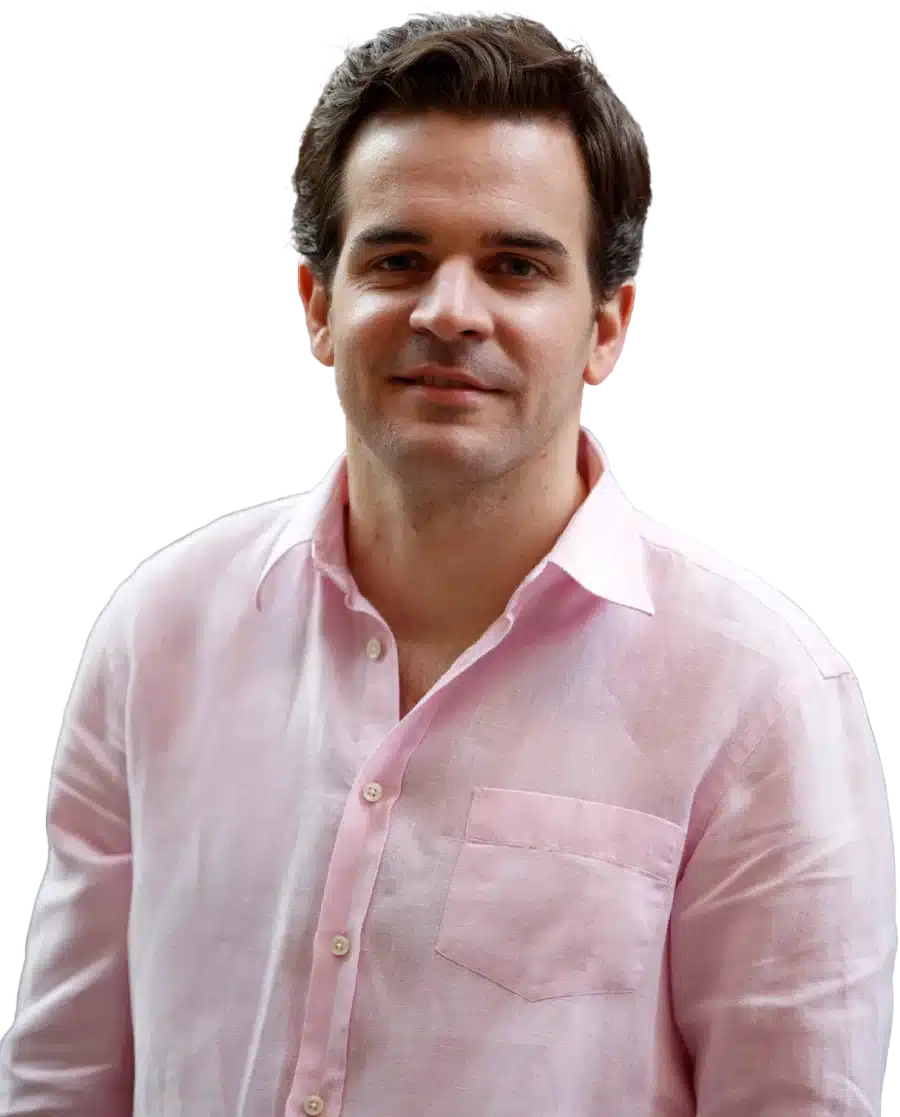
Raise Capital Smarter, Not Harder
- AI Investor Matching: Get instantly connected with the right investors
- Pitch & Financial Model Tools: Sharpen your story with battle-tested frameworks
- Proven Results: Founders are closing 3× faster using StartupFundraising.com
Laying Off 60 People—and Recovering
In early 2023, OpenLoop hit another painful chapter. The company had signed large contracts with monthly minimum guarantees and ramped up hiring accordingly by adding over 100 to 120 people. Then the contracts stalled.
The payments didn’t come through. After months of delays and volumes not materializing, Jon had to lay off 50 to 60 people, many of whom had taken a leap of faith on OpenLoop. “It was one of the worst days of my life,” he admits.
However, four months later, the contracts took effect, and the volumes materialized. Jon rehired many of those who had been laid off. Still, the emotional cost lingered. It was a hard-earned reminder that culture and communication must be anchored in fast-growing companies.
Culture as Operating Ethos
OpenLoop’s culture isn’t for everyone, and that’s by design. As Jon points out, culture stems from the operating ethos of the people in the company, ranging from the top level, including the C-suite, VPs, directors, managers, and down to contributors.
“It’s about competence, ownership, grit, and perseverance,” Jon explained. Drawing inspiration from Netflix’s famed culture deck, he believes in hiring exceptional people and giving them autonomy.
Jon is clear, “Culture isn’t just slogans on walls, it’s how leadership operates, how decisions are made, and what behaviors are rewarded.” And in a company scaling 5x annually, culture is both fragile and critical.
Staying Innovative to Maintain the Disruptive Position
At OpenLoop, Jon emphasizes that thriving in a high-growth environment requires more than just executing the day-to-day. Team members must make time to work on the business, not just in it.
As the company scales rapidly, Jon believes everyone must think strategically about the next three to five moves needed to sustain momentum. This dual focus–operational execution and future planning–can create pressure for those not suited to that pace, occasionally causing internal friction.
To illustrate this balance, Jon often shares an analogy with his team: just as a chef needs a razor-sharp knife to be effective in the kitchen, a business must embrace friction to stay sharp and innovative.
A knife only stays sharp when it’s honed against stone in an abrasive, tension-filled process. Similarly, OpenLoop maintains its edge by continually taking on new strategic projects. The company typically has 20 to 30 initiatives in testing at any given time.
Some fail and are discarded; others prove valuable and become new products or core services. This constant state of experimentation, while stressful, is essential to maintaining the company’s disruptive position in the healthcare space.
The Long-Term Vision: Passive, Personalized Care
Looking ahead, Jon envisions a future where 90% of healthcare is virtual and passive. With the rise of wearables, smart home tech, and real-time biometric data, care will shift from quarterly, annual, or semi-annual scheduled appointments with personal care providers to continuous.
Smart fridges, sleep sensors, and credit card purchases–all will inform a patient’s health profile. Thanks to the massive volumes of data being collected passively, individual patients’ health is recorded on a personalized level. Health profiles are being tweaked on a daily or hourly basis.
Push notifications on phones can direct patients to drink enough water, eat healthier foods, and maintain a regular sleep schedule. Devices can detect high stress levels and provide solutions, such as deep breathing exercises, therapy, or coaching, to establish a good baseline.
The level of personalization enables patients to receive information about the supplements and medications they need to take, based on their individual responses to various factors.
Jon would like to see OpenLoop as the operating system behind it all, enabling real-time care for patients. Think–AI coaches that are nudging healthier behavior, making dynamic medication adjustments based on daily trends, and offering preventive care that adapts in real-time.
“That’s the world we’re building toward,” Jon foresees. “And OpenLoop will make it possible.”
No Regrets, Only Lessons
Reflecting on his journey, Jon says he has very few regrets. He believes every step, whether right or wrong, shaped his path to where he is today. Rather than wishing for do-overs, he focuses on sharing advice with others at the beginning of their entrepreneurial journey.
Jon’s message is simple: if entrepreneurship is calling you, you must go all in. It’s not a path where you can cautiously test the waters. You have to dive in fully and without hesitation.
Jon has seen many founders falter when they try to hedge their bets, holding onto the safety of a full-time job while trying to launch a company on the side.
While exceptions exist, he believes the most successful entrepreneurs are those who are wholly committed–those who give their vision 110% and pursue it with relentless passion.
Final Thoughts: The Midwest Chip
Jon is proud of his Midwestern roots. He looks for investors with the same ethos, people with a chip on their shoulder, something to prove. “This is our first big endeavor,” he said. “We’re not independently wealthy. We’re all-in. And so are our investors.”
That combination of grit, adaptability, and strategic alignment has transformed OpenLoop from a rural side project into a billion-dollar rocket ship. And, it all started on a gravel road in Iowa.
Listen to the full podcast episode to know more, including:
- Jon Lensing left medical school to fully commit to OpenLoop, driven by a mission to improve access to rural healthcare.
- A bold pivot during the COVID-19 pandemic transformed OpenLoop into a telehealth infrastructure powerhouse serving digital health companies.
- Jon narrowly avoided missing payroll when an investor backed out at the last minute, learning the importance of aligned capital.
- He emphasizes choosing investors who bring strategic value, trust, and shared ethos—not just money.
- OpenLoop’s culture prioritizes competence, grit, and adaptability, reinforced by continuous experimentation and strategic planning.
- Despite painful layoffs, Jon stayed resilient, rehiring many and reinforcing the need for clear communication during rapid growth.
- Jon envisions a future where OpenLoop powers personalized, passive, AI-driven healthcare at scale.
SUBSCRIBE ON:
Keep in mind that storytelling is everything in fundraising. In this regard, for a winning pitch deck to help you, take a look at the template created by Peter Thiel, the Silicon Valley legend (see it here), which I recently covered. Thiel was the first angel investor in Facebook with a $500K check that turned into more than $1 billion in cash.

*FREE DOWNLOAD*
The Ultimate Guide To Pitch Decks
Remember to unlock for free the pitch deck template that founders worldwide are using to raise millions below.
Podcast: Play in new window | Download
Subscribe: Apple Podcasts | Spotify | TuneIn | RSS | More

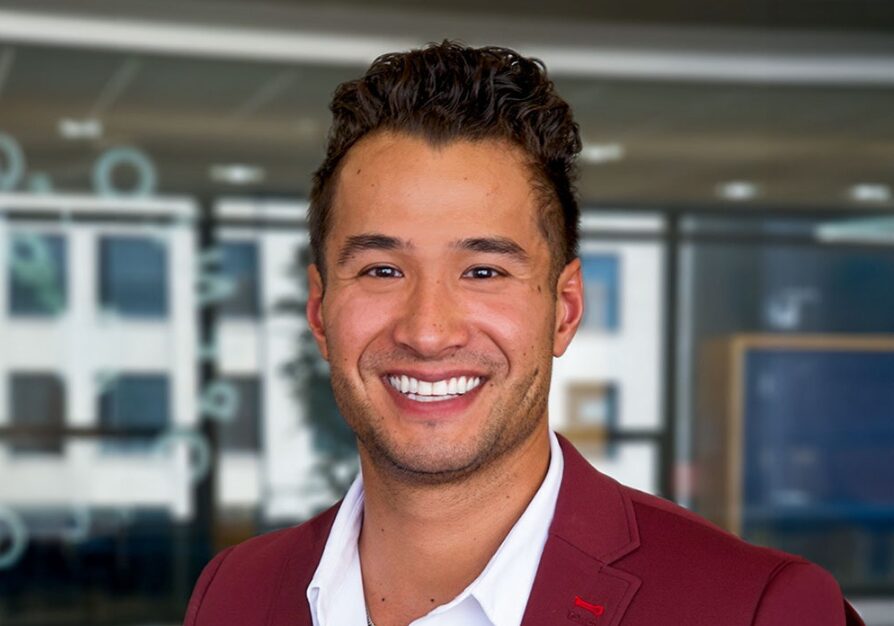
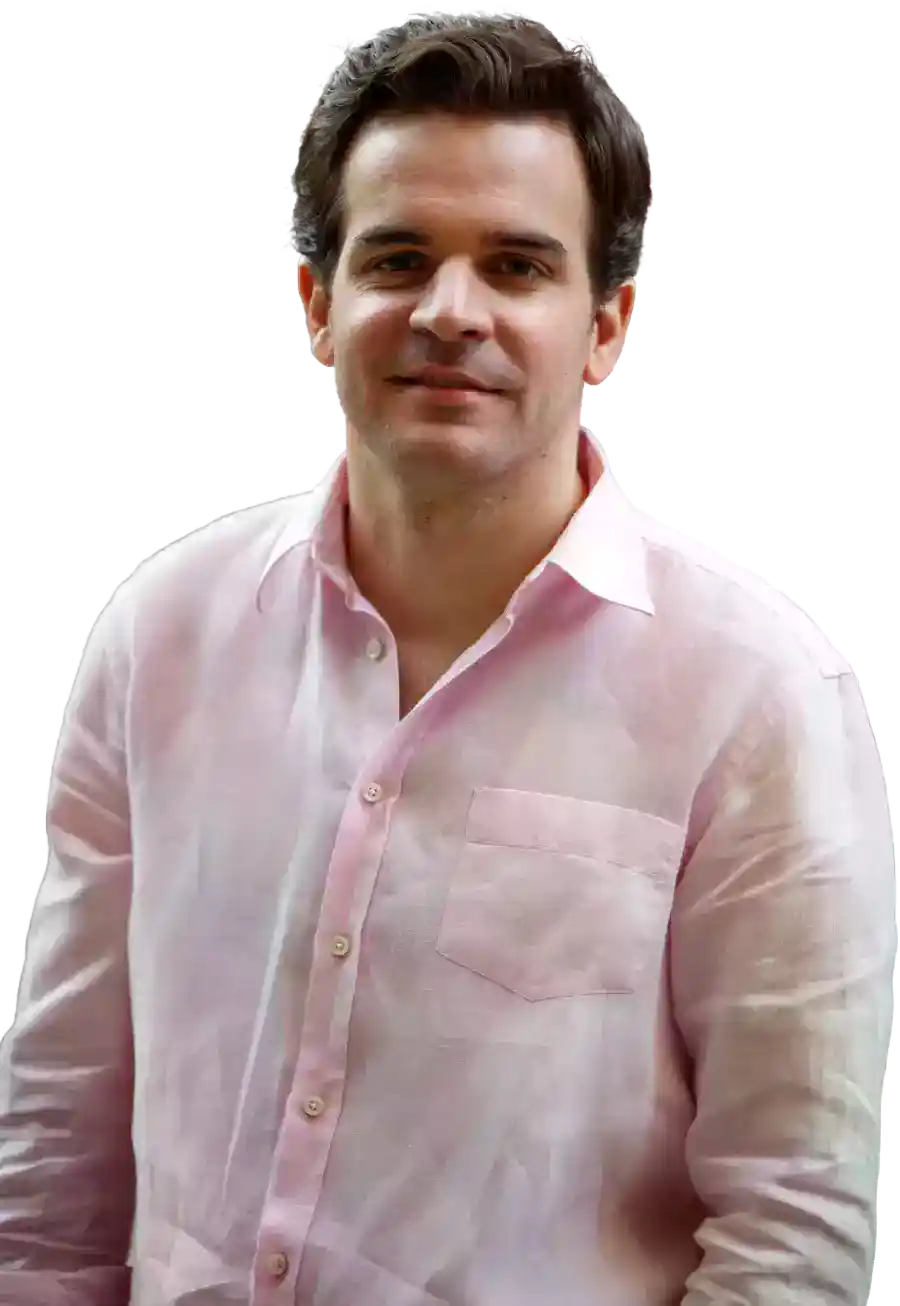

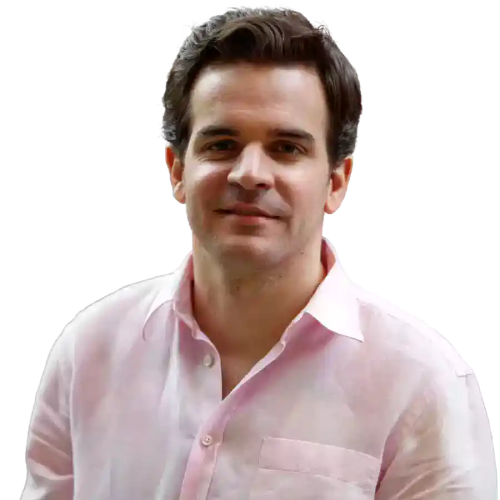
Facebook Comments